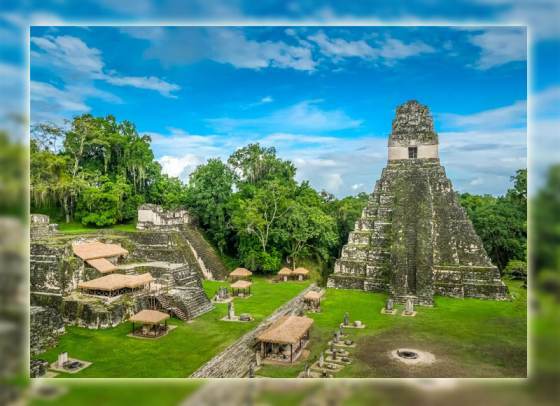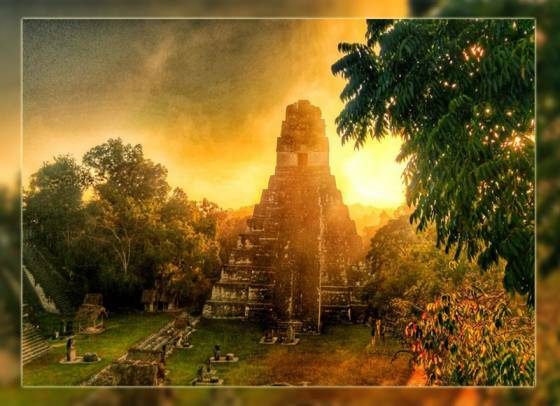Discover the enthralling saga of Tikal, as we unveil the remarkable story behind the rise and fall of the Maya Civilization. Explore their history, achievements, and the mysteries that shroud their legacy.

Around 1800 BC, the earliest Maya settlements emerged during the Preclassic or Formative Period. Initially, these communities focused solely on agriculture, cultivating crops like corn, beans, squash, and cassava. However, they swiftly evolved into adept traders, merchants, and even royalty.
Originating from present-day southeastern Mexico, Guatemala, Belize, and parts of Honduras and El Salvador, Maya descendants still inhabit these regions, albeit in significantly smaller numbers compared to centuries ago, when estimates indicate their population may have reached 20 million. Guatemala is now home to most of these descendants and is also the location of the historic site Tikal, a treasure trove for archaeologists.
Tikal, likely referred to as Yax Mutal by the Maya, was inhabited as early as 1000 BC. Archaeological evidence reveals agricultural activities dating back to that period and ceramics remnants from around 700 BC. Situated deep within a dense jungle, Tikal is found within a protected area of Guatemala and was highlighted in the Smithsonian Channel’s documentary “Sacred Sites: Maya.”
In 2017, advanced remote sensing technology was employed at Tikal to enhance understanding of the site. This revealed that Tikal was not merely a single entity, but rather a “collection of cities,” expanding its known extent. Between 600 and 900 AD, Tikal flourished as a bustling metropolis, hosting a thriving trade and industry hub housing up to 100,000 residents.
Excavated relics indicate a diverse population ranging from laborers and servants to architects and traders, all the way up to the Maya elite. A ruling figure, likely a king or queen, held a pivotal role, acting as an intermediary between the people and the gods. To facilitate this connection, the Maya constructed grand sites from which they believed communication with deities was possible.

Professor Liwy Grazioso, an archaeologist from the University of San Carlos in Guatemala, explained that for the Maya, pyramids represented sacred mountains to bridge the gap to the heavens. The alignment of these temples was a meticulous process to optimize the connection.
Encompassing an area exceeding 16 square kilometers and featuring about 3,000 structures, Tikal’s engineering prowess is evident. The most intriguing aspect is how the Maya managed their water supply, given Tikal’s lack of proximity to a river. Rainwater was ingeniously collected and stored through an intricate network of reservoirs and facilities, ensuring the needs of the population were met.
The downfall of Tikal and much of the Maya civilization around 900 AD remains a mystery. Potential factors contributing to this decline include overpopulation, environmental degradation, tribal conflicts, shifting trade routes, and extended drought. By the early 1500s, when Spanish conquistadors were exploring Central America, Tikal had been abandoned for centuries. Hernán Cortés, the Spanish conquistador who brought about the fall of the Aztec Empire, passed by Tikal in 1525 without mentioning it in his accounts, possibly due to its obscured state within the dense jungle.
Read More: